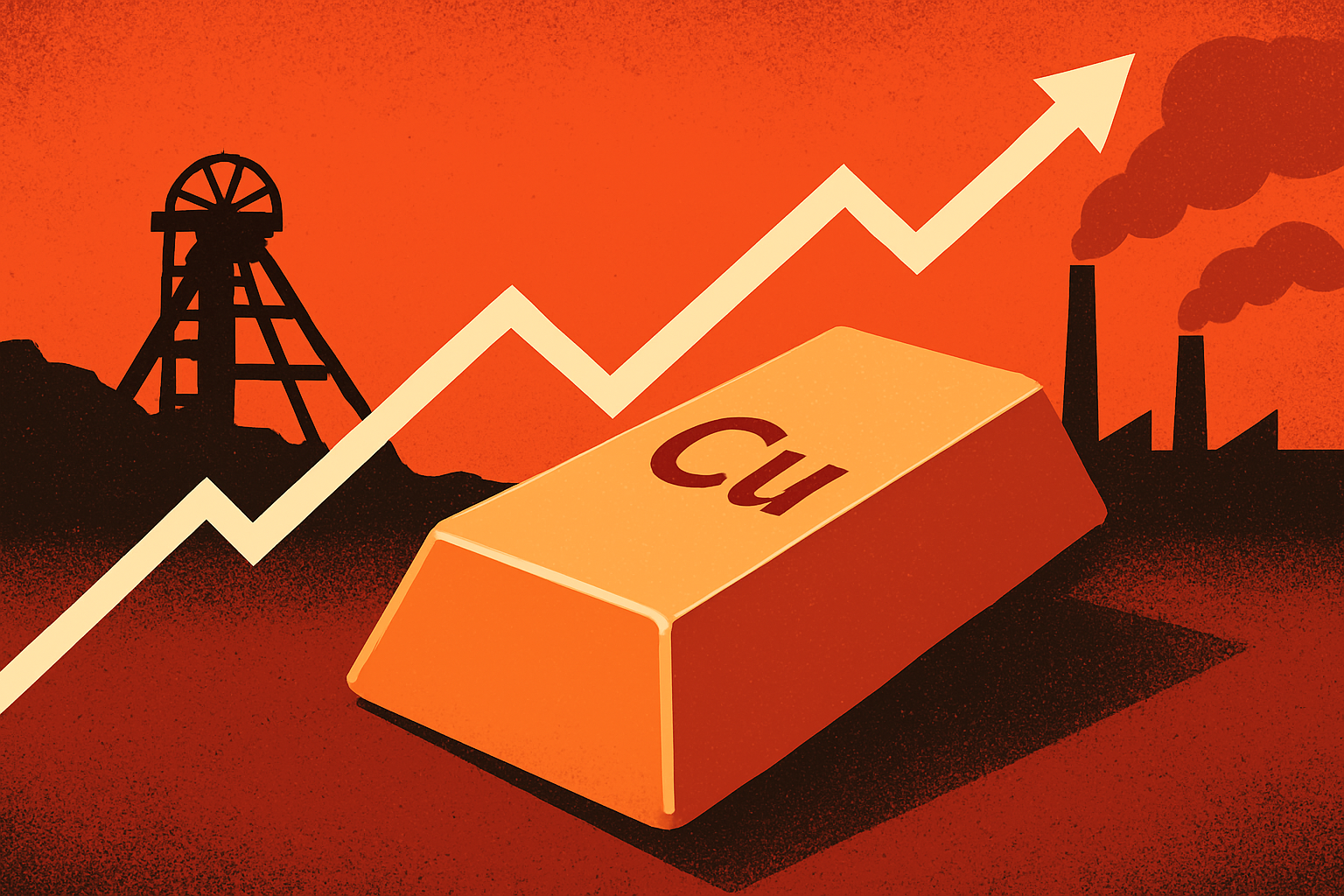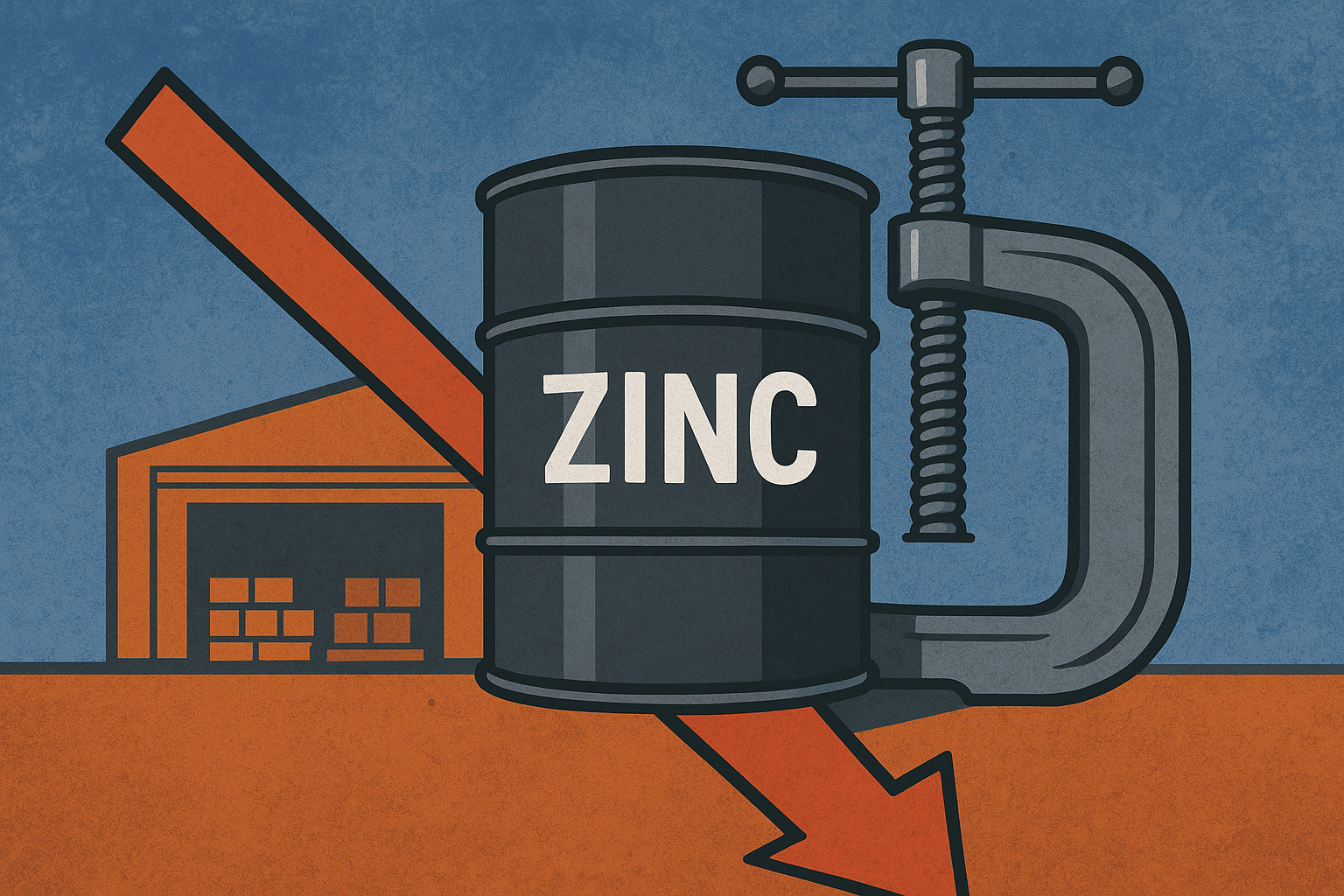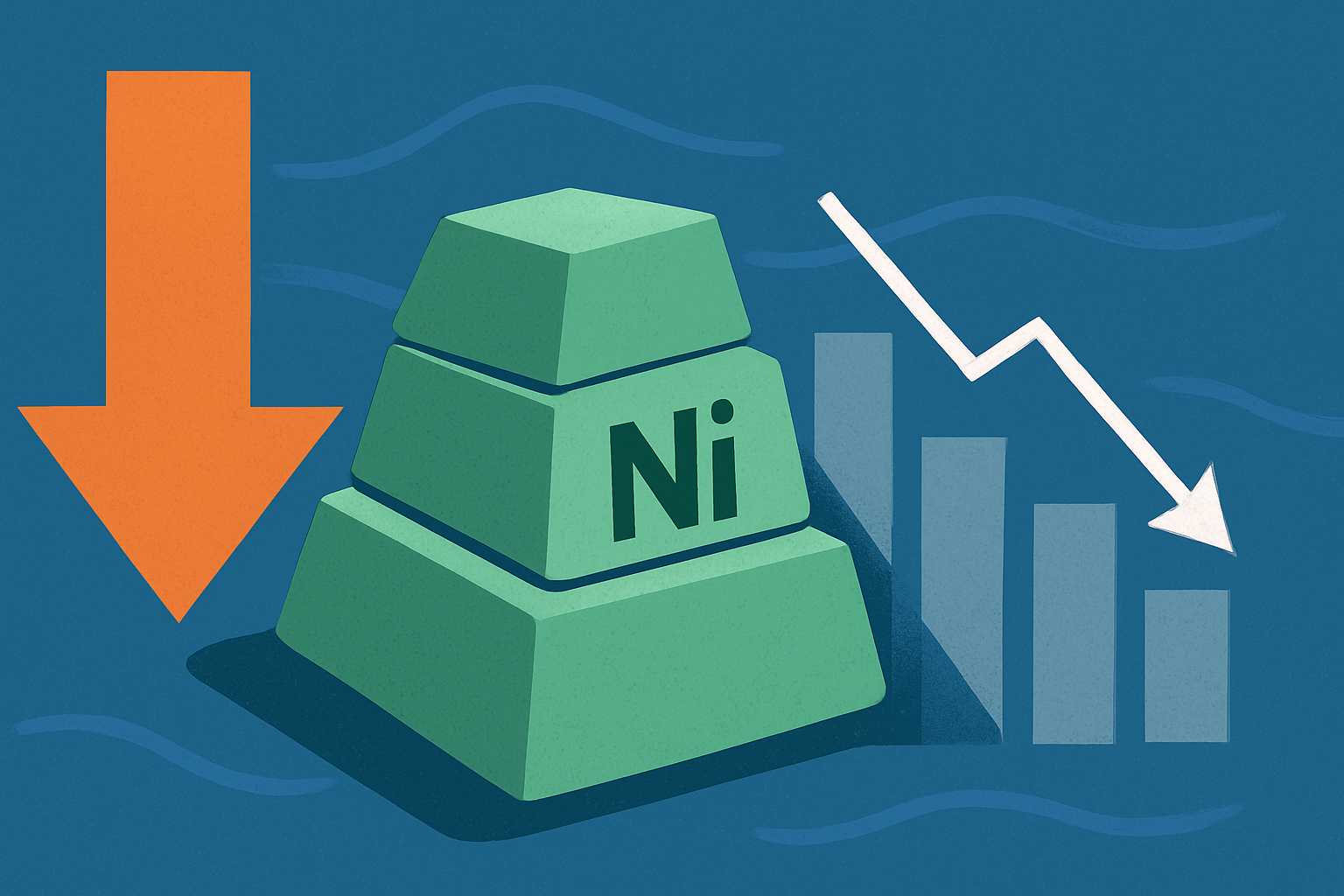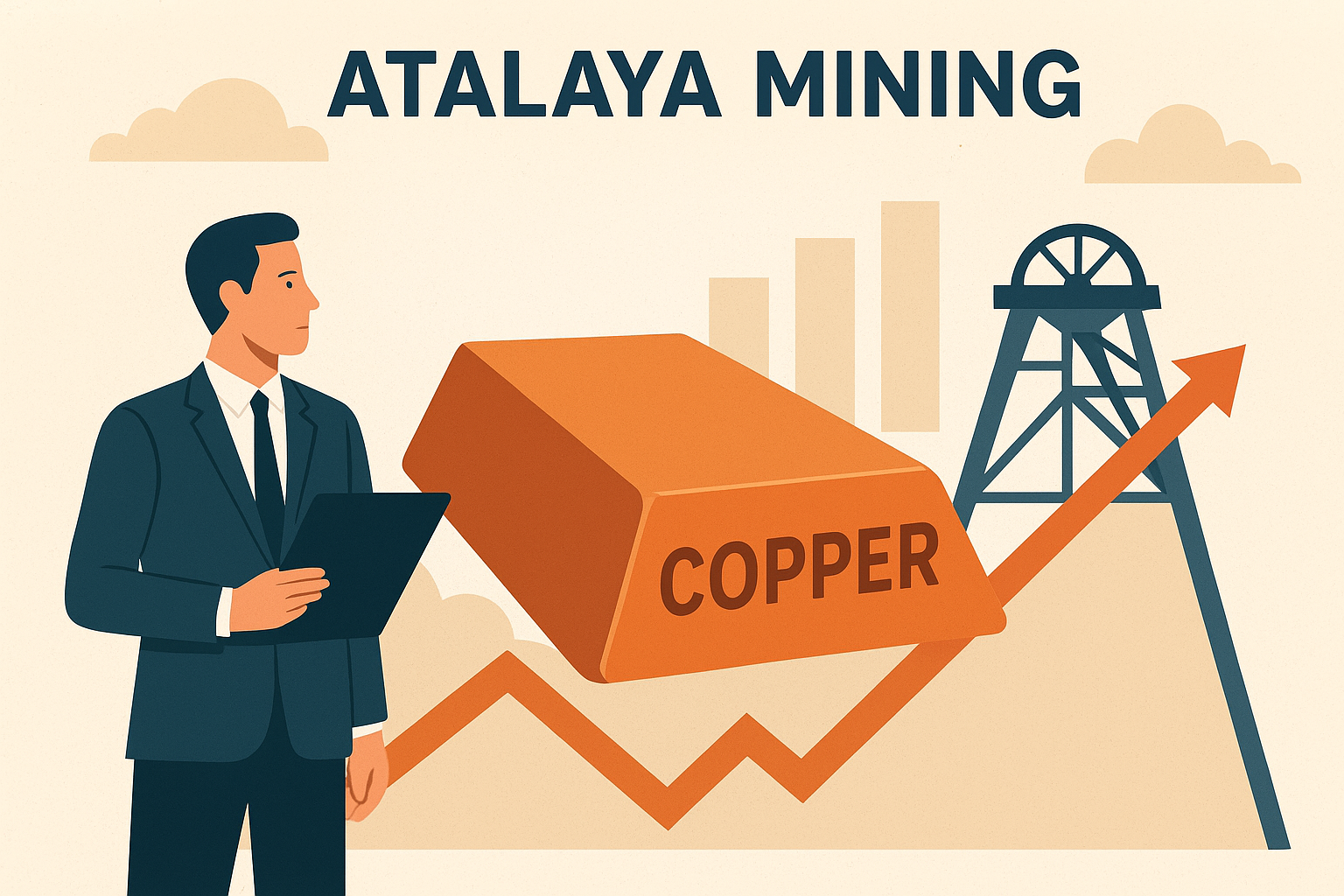Copper — often called the “metal with a PhD in economics” — has surged to $11,000 per ton, a level not seen since the 2021 rally, reigniting debate over whether the market is entering a sustained bull phase or another speculative upswing. This week’s price momentum reflects a potent mix of supply-side shocks, macroeconomic shifts, and renewed optimism over Chinese demand, according to recent reports from Reuters, Bloomberg, and Mining.com.
For investors, copper’s move is more than a commodity chart story — it’s a window into broader market sentiment about global growth, energy transition spending, and manufacturing recovery in Asia.
Mine Disruptions Tighten Supply
Copper’s latest rally has been fueled by production challenges at key global mines, particularly Indonesia’s Grasberg — one of the world’s largest copper and gold operations — where heavy rainfall and operational setbacks have curbed output. Similar issues have been reported across Latin America, where logistical delays and permitting hurdles have constrained production in Chile and Peru, which together supply nearly 40% of global output.
According to Reuters data, global mine supply growth for 2025 is now projected to lag demand by nearly 2%, the largest forecast deficit in more than three years. Meanwhile, London Metal Exchange (LME) inventories fell by 15% month-over-month, signaling tightening near-term availability.
Analysts at Goldman Sachs and Bank of America note that these disruptions have coincided with speculative positioning by hedge funds, amplifying upward pressure. The weaker U.S. dollar index, down nearly 4% this quarter, has further boosted dollar-denominated commodity prices.
Demand Optimism from China Drives Momentum
While supply issues set the stage, it’s China’s industrial pulse that’s keeping the rally alive. Investors are betting that Beijing’s latest infrastructure stimulus measures and credit easing will lift copper-intensive sectors such as construction, renewable energy, and electric vehicles.
China’s industrial output rose 5.3% in September, marking its strongest pace since early 2024, according to the National Bureau of Statistics (NBS). Moreover, a recently announced ¥1 trillion fiscal stimulus targeting provincial infrastructure has reignited optimism across the metals complex.
“Copper remains the heartbeat of China’s recovery narrative,” said ING’s commodities strategist Warren Patterson, in a note to clients Monday. “If Chinese property stabilization and infrastructure projects continue, copper’s floor could rise significantly.”
However, not all are convinced. Some traders warn the rally could prove overextended if Chinese demand data softens in Q4 or speculative long positions unwind abruptly.
Why This Matters for Investors
For equity investors, copper’s rally has translated into sharp gains for miners and smelters worldwide. Shares of Freeport-McMoRan ($FCX), Glencore ($GLEN.L), and Southern Copper ($SCCO) each rose between 3–6% this week. Junior and mid-tier copper explorers with exposure to North American and African projects have also seen fresh speculative inflows.
At the macro level, copper’s performance is increasingly viewed as a proxy for global economic resilience and green-energy infrastructure expansion. With the International Energy Agency (IEA) projecting copper demand to double by 2040 under net-zero pathways, institutional investors are viewing temporary price corrections as entry points into the energy transition trade.
That said, volatility remains high. If global growth data disappoints or Chinese stimulus underperforms, copper could retrace sharply. “A $1,000 move in either direction is possible in weeks, not months,” cautioned Macquarie Research in a recent note.
Future Trends to Watch
- Supply-Side Risks: Ongoing weather, labor, or regulatory issues could extend the current deficit. Keep an eye on updates from Grasberg (Indonesia), Escondida (Chile), and Las Bambas (Peru).
- Chinese Policy Shifts: Any indication of further credit easing or stimulus extensions will act as catalysts. Conversely, property-market setbacks could pressure prices.
- Energy Transition Spending: The accelerating buildout of renewable infrastructure and EV manufacturing is keeping long-term demand structurally bullish.
- ETF and Fund Flows: Rising investor participation via copper ETFs could both sustain and amplify volatility.
Key Investment Insight
Copper’s rally highlights the intersection of real demand and speculative capital. Long-term fundamentals — from electrification to supply constraints — remain robust. Yet, short-term price spikes could reverse if macro conditions weaken.
Investors should:
- Monitor Chinese demand data and infrastructure stimulus updates.
- Diversify exposure via miners, ETFs, and royalty firms to manage volatility.
- Avoid over-leveraged positions until confirmation of sustained demand recovery.
Copper’s volatility is part of its opportunity. For disciplined investors, each pullback could represent an entry point into one of the most essential commodities of the next decade.
As global markets weigh inflation, trade tensions, and energy transition spending, copper’s trajectory will continue to serve as a barometer for both economic health and future industrial capacity.
For more timely updates on metals, mining, and commodity investment trends, follow explorationstocks.com — your trusted source for actionable investor insights in the resource sector.






